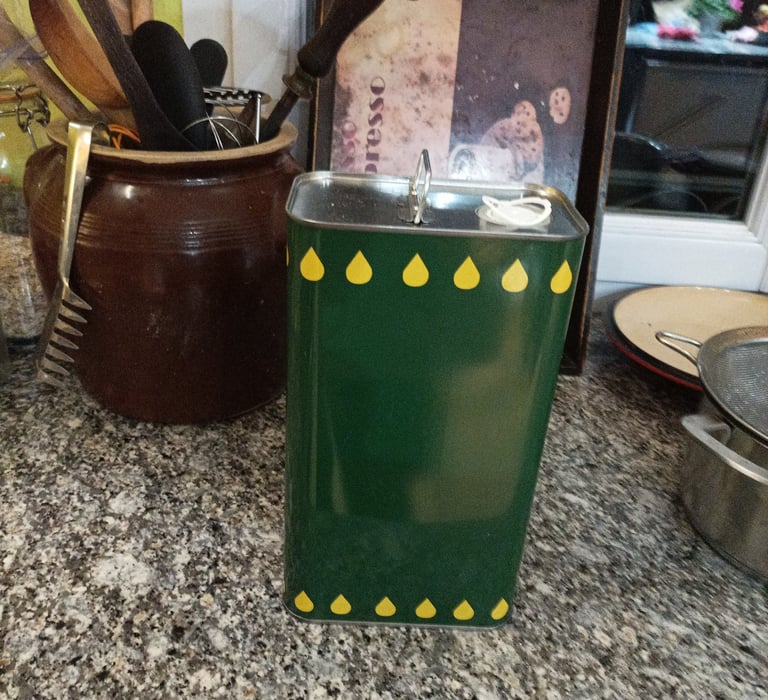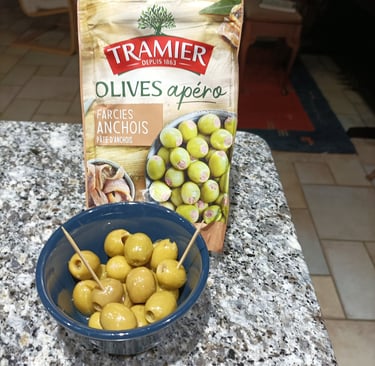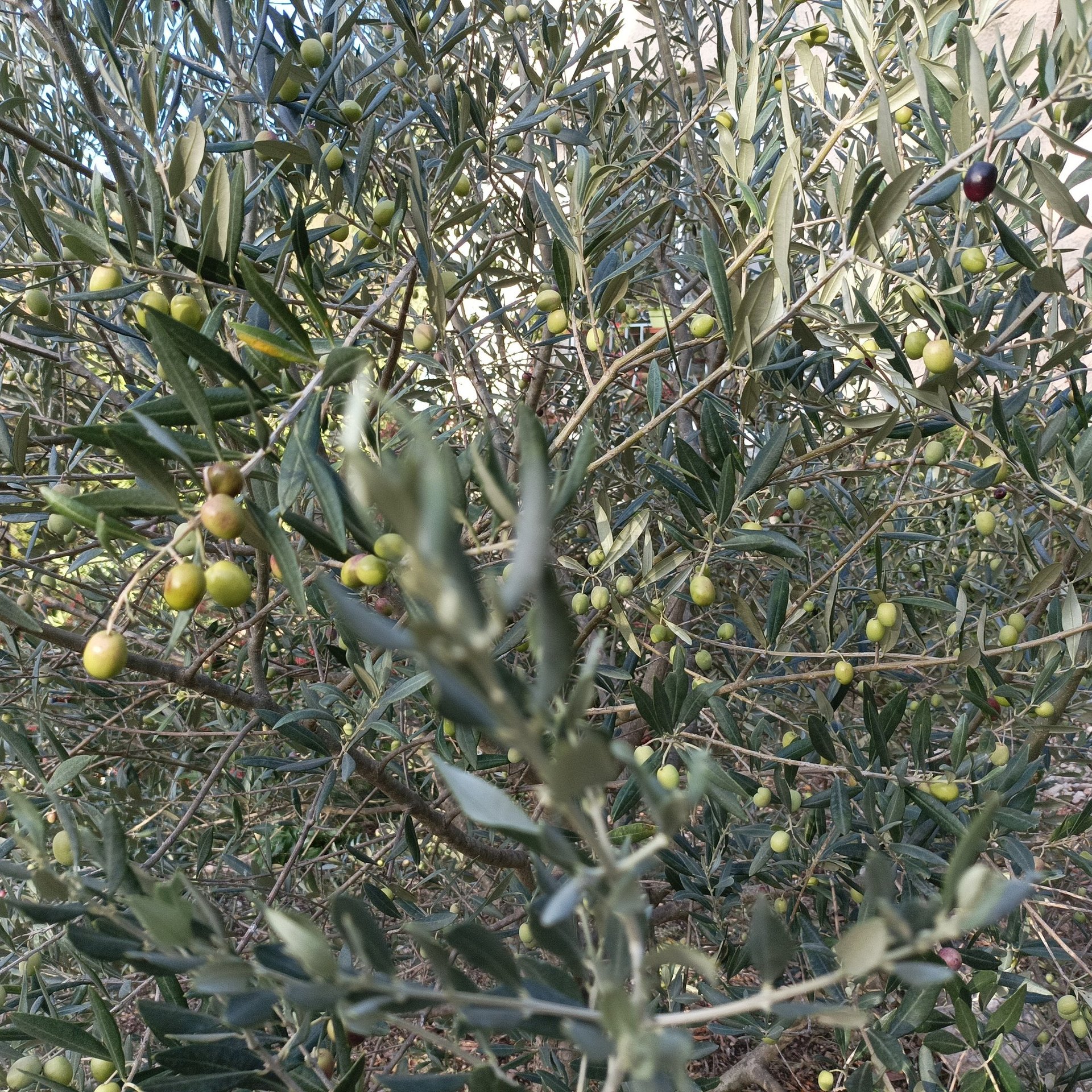
A Tale of Two Olive Trees
GARDENINGFOOD, WINE AND HOME
10/21/20253 min read
Shortly after moving in to our new home in France, we made an exciting discovery. We were now the owners of a well established olive tree. This was further proof that we were now living in an exotic clime, far away from cold British winters. It stood close to the little stone cottage that had been built by the owners as a maison gardien, or caretaker's cottage, which we planned to turn into a gîte before the coming summer. We needed to make a living here, to top up a small pension.This olive tree was well established , and became much loved. One repeat visitor from England even brought her sketch pad every year to record its growth. Long before Napoleon III decreed that a forest should be planted on these slopes, to reduce the danger from flooding and landslides, this marginal land was owned by locals who produced olives on its terraces , and kept goats. But most olive trees in this area were devastated by a heavy frost in 1956, when temperatures remained at minus 15 degrees Centigrade for a few weeks.Our single tree was a hardy survivor from those times. It is said that on the following day, one could hear the olive trees crying as the sap cracked.
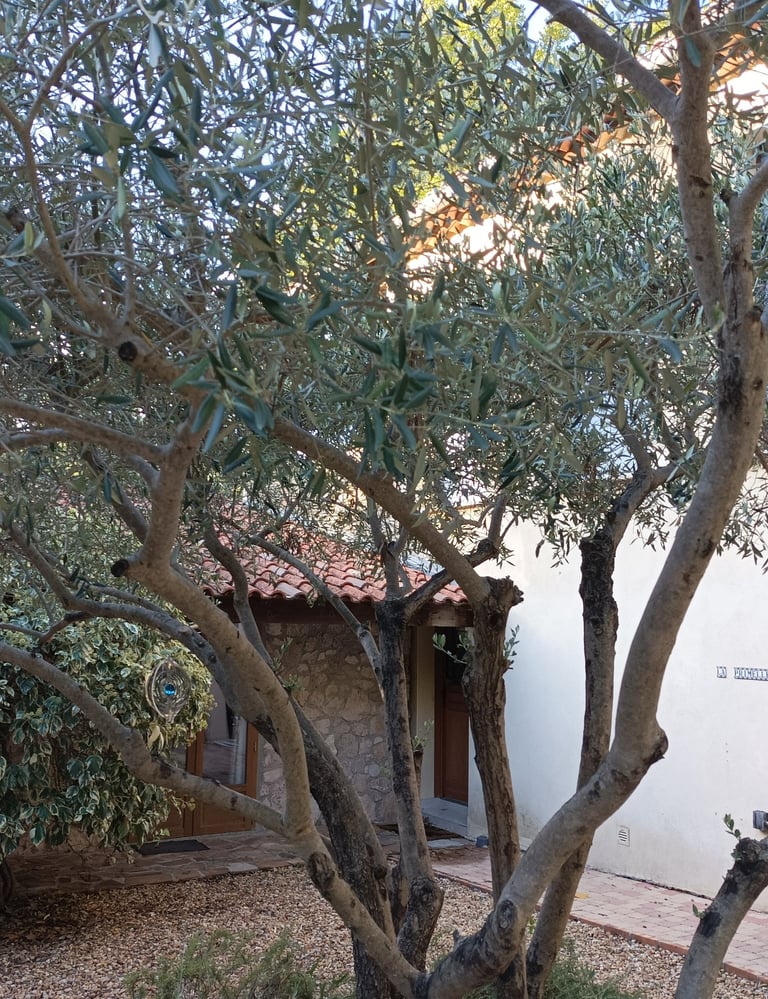

Our olive tree has been cut back over the years, but its age is evident from the multi stemmed trunk. The professional growers managed to save some of their trees by growing the frozen olive trees over the stump, and many older trees now have four main branches. Over the years we have planted a number of new olive trees , but they remain quite spindly like this one.
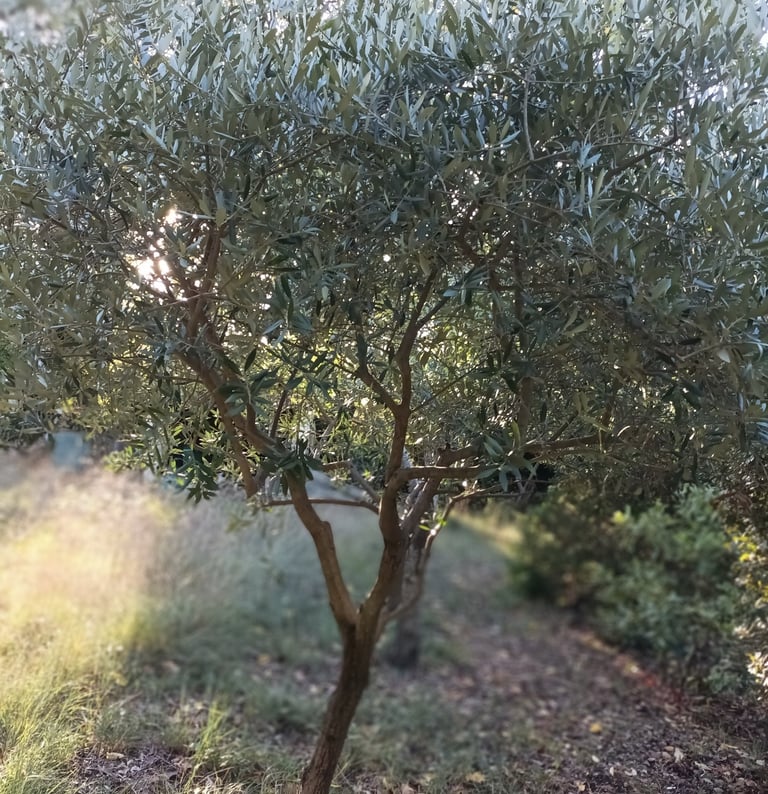

However, this story is chiefly about the two olive trees that we planted beside our house four or five years ago. Whilst one has flourished, and this year is laden with olives, the second tree close by, has grown very , very slowly. Today, I searched for olives amongst its leaves , and found...just one! Growing , and the ways of nature, will always remain a mystery to us

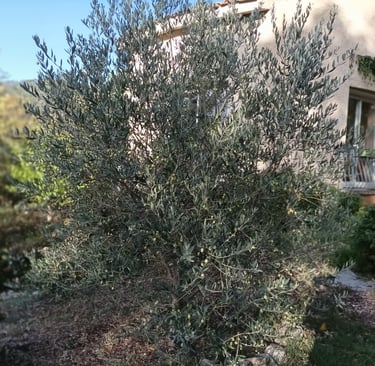


The flourishing Olive Tree
This Olive Tree is not doing so Well.




So what's to be done with our olives? If we were a large olive grower, like our neighbour Roland , we would take them to the olive mill, where they would be turned into oil. He will know that this oil is his own provenance. It is still possible for someone with a very small crop to take it along the local Olive Cooperative, where they can enroll as a member. However , the oil returned to them will be of mixed provenance. It is also possible of course to cure one's own olives for eating. It is important to rid the olive of its bitter taste, caused by the bitter compound oleuropein. The easiest way is to soak these in brine.

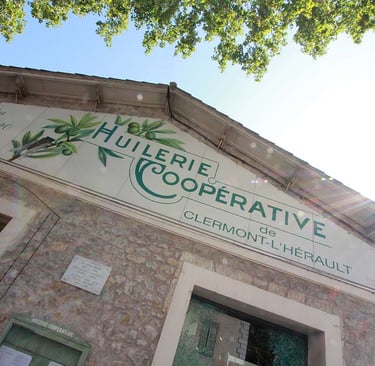
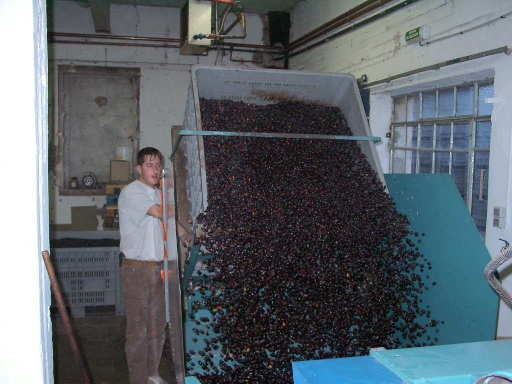

Whichever way we eat our olives, they are delicious. As for olive oil, a staple of the Mediterranean diet, there is no healthier way to cook our food, or make our dressings. Bon apétit!
